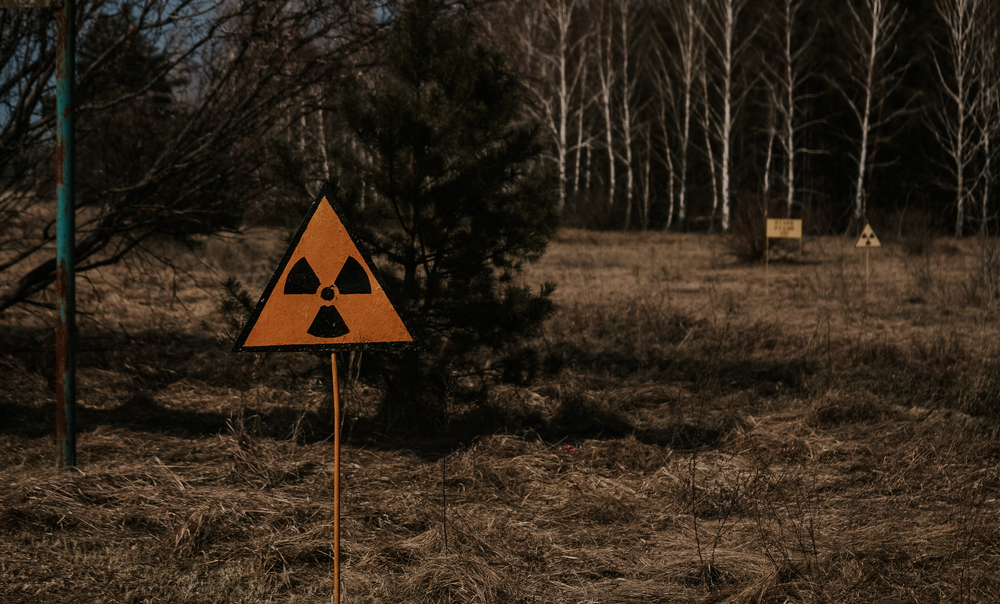Researchers Make Surprising Discovery After Examining Worms from Chernobyl.
Others are reading now
In a recent study published by the “Proceedings of the National Academy of Sciences” (PNAS), scientists unveiled surprising findings about the resilience of small nematodes residing in the Chernobyl area, revealing that these creatures have not sustained significant DNA damage despite the high levels of radiation. This is reported by Earth.com.
This discovery emerges from the aftermath of the 1986 Chernobyl nuclear power plant disaster, which transformed the vicinity into the most contaminated zone on Earth, maintaining elevated radiation levels nearly four decades later. While human populations were evacuated, a variety of flora and fauna continue to thrive in the region.
Researchers have been intrigued by the physical and genetic disparities observed in animals within the Chernobyl Exclusion Zone—a 2,600 square kilometer area surrounding the plant—compared to those in different regions of Ukraine.
This led to questions regarding the impact of radiation on DNA and whether certain species or individuals have naturally evolved to be more resistant to ionizing radiation.
Also read
The study, led by Sophia Tintori’s team at New York University and in collaboration with Ukrainian scientists, concentrated on the simple genomes of nematodes found in Chernobyl.
Matthew Rockman, a professor of biology at New York University and the study’s lead author, highlighted the nematodes’ remarkable resistance, noting,
“These worms live everywhere and live fast, so they go through dozens of generations of evolution before a typical vertebrate reaches sexual maturity.”
By sequencing the genomes of 15 Chernobyl nematodes and comparing them with those from other parts of the world, the researchers were unable to detect any radiation-induced damage. However, Tintori cautioned against interpreting these findings as an indication of the area’s safety, instead underscoring the nematodes’ exceptional durability and the uncertainty regarding the duration of their exposure to the contaminated zone.
This research not only sheds light on the adaptability and resilience of certain life forms in extreme conditions but also offers insights into DNA repair mechanisms that could vary among individuals. Tintori pointed out the potential of using different strains of O. tipulae to explore why some people are more susceptible to carcinogens than others, paving the way for a deeper understanding of natural variation in humans.


